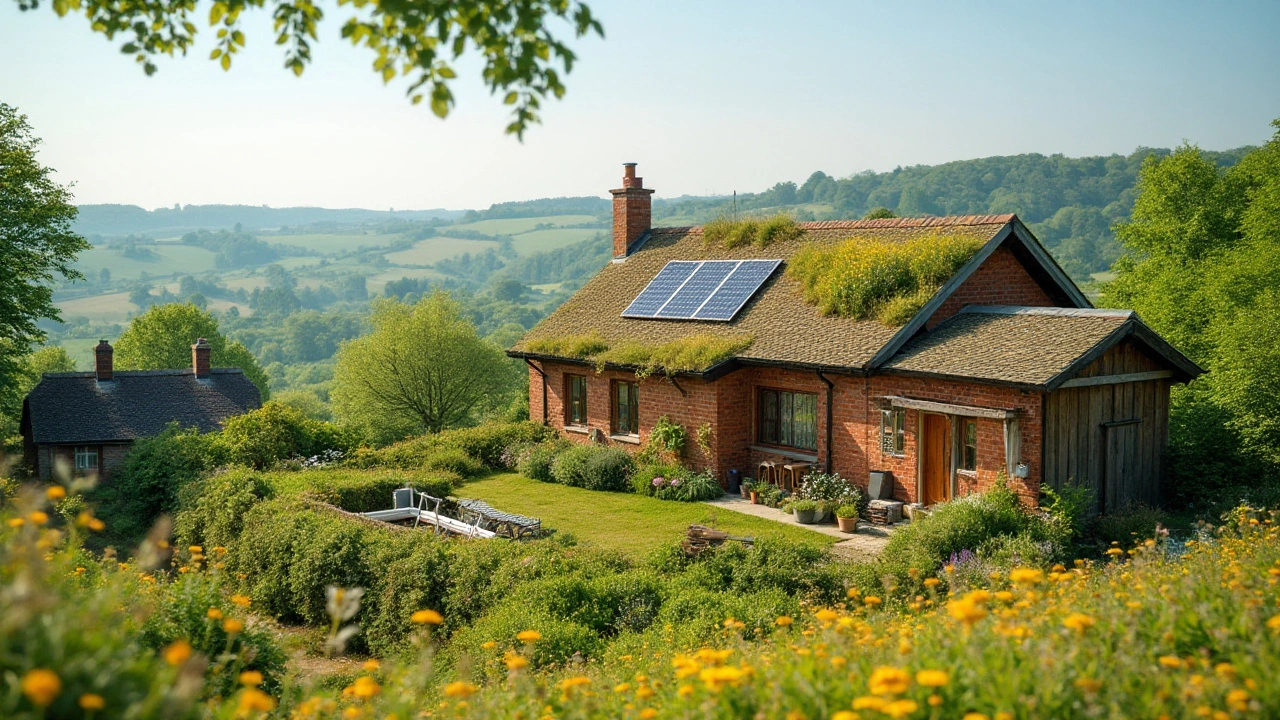
Eco Design Tips: Simple Ways to Make Your Home Greener
Ever wonder how to turn your house into a low‑impact haven without breaking the bank? Eco design isn’t a fancy buzzword – it’s a set of practical choices that lower energy use, cut waste, and make daily life feel better. Below you’ll find the most useful ideas you can start using right now.
Why Eco Design Matters
Every kilowatt saved, every drop of water conserved, adds up. When you choose eco‑friendly materials or smarter fixtures, you reduce utility bills and shrink your carbon footprint. It also boosts comfort – better insulation means a quieter, cozier home, and natural lighting cuts the need for harsh electricity.
People often think green upgrades are only for the ultra‑rich, but many low‑cost options deliver big results. From swapping down‑lighting bulbs to sealing cracks, the savings start to show within months. And the feeling of living in a space that respects the planet? That’s priceless.
Easy Eco Design Tips for Home
1. Upgrade to LED lighting. LEDs use up to 80% less power than old bulbs and last years longer. The upfront cost is small compared with the long‑term savings.
2. Seal windows and doors. Weather‑stripping or caulking stops drafts, keeping heat where it belongs. A DIY kit from the hardware store can seal most leaks in an afternoon.
3. Choose breathable, natural fabrics. Cotton, linen, and wool let homes breathe, reducing the need for constant heating or cooling. They also last longer than synthetic blends.
4. Install a programmable thermostat. Setting the temperature a few degrees lower at night or when you’re out saves energy without sacrificing comfort.
5. Harvest rainwater. A simple barrel can collect enough water for garden irrigation, cutting down on municipal water use.
6. Go for low‑VOC paints. Volatile organic compounds off‑gas harmful chemicals. Low‑VOC options keep indoor air clean, especially important for families with kids.
7. Consider modular or prefabricated components. These are built in factories with tighter material control, reducing waste and often costing less than traditional builds.
8. Reuse and upcycle. Repurposing old furniture or reclaimed wood adds character and avoids the environmental cost of buying new.
9. Upgrade insulation. Adding a layer of insulation in the attic or walls traps heat in winter and keeps it out in summer. It’s one of the most effective ways to cut heating bills.
10. Switch to a green energy provider. If solar panels aren’t an option, many utilities offer plans sourced from wind or solar farms.
These steps work together. Better insulation reduces the load on your heating system, which means your thermostat doesn’t have to work as hard, which saves electricity, and so on. The trick is to start with one or two easy changes, then build momentum.
Eco design also means thinking about the whole life cycle of what you bring into your home. Before buying a new appliance, check its energy rating. When you replace furniture, look for items made from certified sustainable wood or recycled materials.
Remember, the goal isn’t perfection; it’s progress. Small, consistent improvements turn your house into a home that feels right and costs less. So pick the tip that feels doable today, try it out, and watch the benefits stack up.
